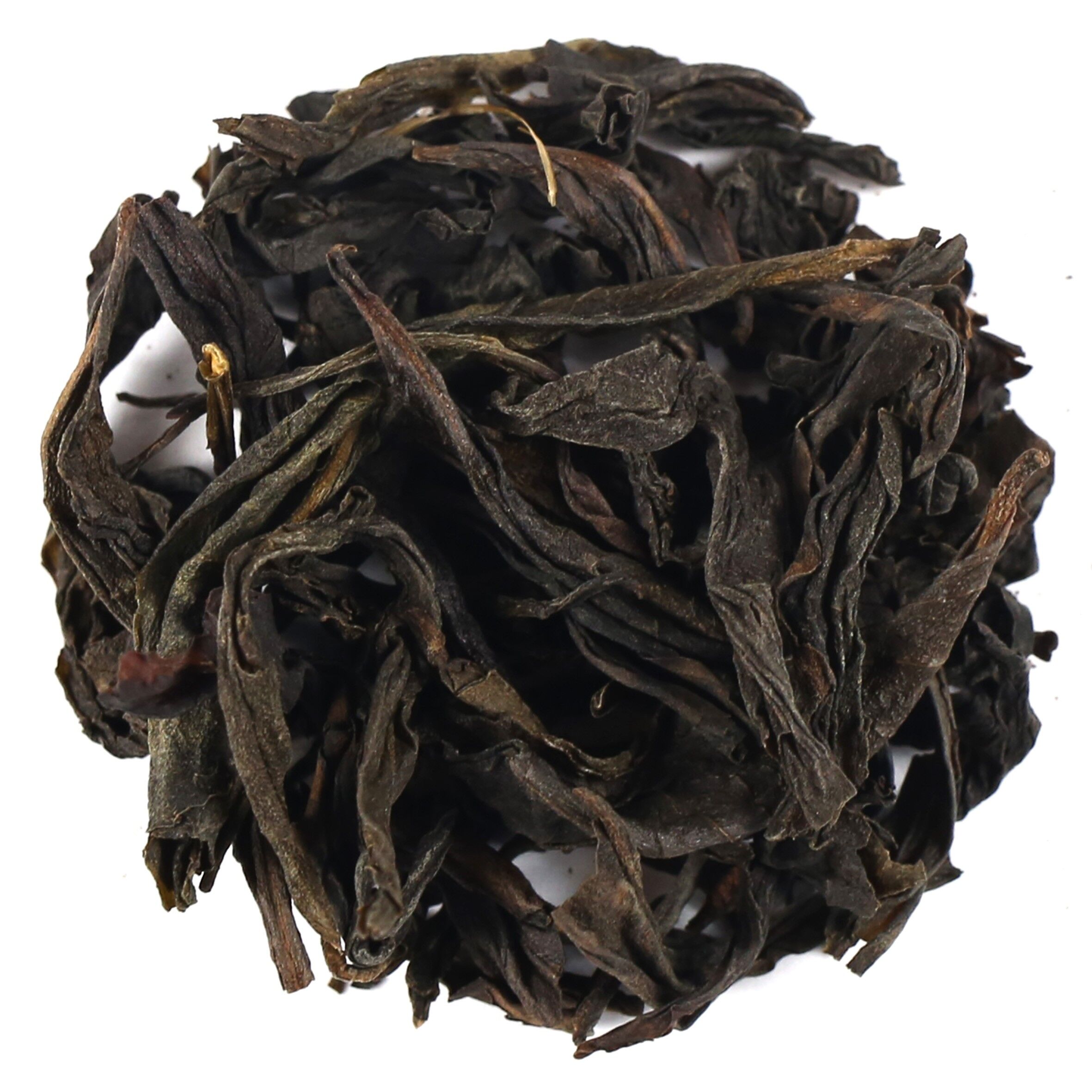Oolong Brewing Guide
1 Teaspoon
Add 1 teaspoon per person and one for the pot.
80⁰c - 90⁰c
Boil using fresh water, at a temperature of 80⁰c - 90⁰c.
2 - 3 Mins
Steep for 2 - 3 minutes, depending on personal preference.
About Product
-
Product Description
Da Hong Pao Tea is the King of Chinese Oolong Tea. Connoisseurs around the world love it and it’s heavily oxidised. That’s relatively rare for Oolong Tea. But that’s not all. We pack it fresh to order here in our Kent factory. That means quality and consistency.
What is Da Hong Pao Tea?
Da Hong Pao Tea is also known as “China Rock Tea” and “Red Robe”. It’s from the Wuyi Mountains of Fujian Province, China. Oolong Da Hong Pao is famous for its unique flavour and cultural heritage. There are two legends about its creation. The first is about a scholar who travelled to the city to take the imperial examination. When he passed through the mountains, he fell seriously ill and so he took refuge with the local Buddhist monks at Tian Xin Temple.
The monks gave the man Da Hong Pao Tea leaves to cure his illness. It worked and the scholar passed his exam. He returned to the temple and gave the monks a red robe he was awarded for passing. This, he said, could cover the Tea bushes during the winter to keep them warm – hence the name Red Robe Tea.
The second legend is about the mother of a Ming Dynasty Emperor. Like the first tale, she fell ill when she passed through the Wuyi Mountains. She too was cured by drinking Da Hong Pao Tea. When the Emperor heard of his mother’s recovery, he sent red robes to cover the Tea bushes as a thank you. Whatever legend you prefer, you can tell it to your friends over a cuppa.
Origin and Production of Da Hong Pao
It is from the Wuyi Mountains in the Fujian province of China. This region, especially the Zhengyan area, is famous for its terror and mineral rich soil which gives the tea its unique character. The ancient tea bushes that produce Da Hong Pao are situated in this rocky terrain where the soil composition plays a big role in shaping the tea’s flavour profile.
The production of Da Hong Pao is an art, involving several stages. The process starts with the careful plucking of the tea leaves, then withering to remove moisture. Next is tossing, which bruises the leaves and starts the oxidation. The level of oxidation is carefully controlled to achieve the desired flavour, balancing the freshness of green tea and the robustness of black tea.
Then fixation, where the leaves are heated to stop the oxidation, preserves the characteristics. The leaves are rolled to shape and to enhance the flavour, then dried to remove any remaining moisture. The result is a partially oxidised oolong tea with dark twisted leaves, often with red or brown edges. This process ensures each cup is full bodied and refined.
History and Cultural Significance
The history and cultural significance, it’s one of the most famous teas in China. According to legend, the mother of a Ming dynasty emperor was ill and was cured by a special tea. In gratitude, the Emperor sent big red robes to clothe the four bushes from which the tea originated, hence the name “Da Hong Pao” which means “Big Red Robe”.
This legend highlights the tea’s connection to royalty and its prestige. Over the centuries it has been celebrated not only for its flavour but also for its health benefits. It’s one of the famous “rock teas” (yancha) grown in the Wuyi Mountain area, famous for its unique taste and tea polyphenols.
In Chinese culture it’s more than just a drink, it’s a symbol of good luck and prosperity. It’s served at special occasions and ceremonies to bring good fortune and happiness to those who drink it. Its cultural significance is further emphasised as a “Chinese Famous Tea” and one of “The Four Great Bushes”, which is a recognition of its historical and cultural importance.
Overall Da Hong Pao tea is a luxury and sought after oolong tea, treasured for its history, cultural significance and health benefits. Whether you drink it for its flavour or its legend, Da Hong Pao is a timeless Chinese tea.
What Does Da Hong Pao Taste Like?
But first you want to know, “What does Da Hong Pao taste like?” The answer is, simply, excellent, extraordinary. Expect nothing but wholesome and smoky flavours for those who like a strong drink. There’s also an overall full bodied and toasty character, woody aroma and a delicious finish.
Da Hong Pao Tea Caffeine Content
Sitting between Green Tea and Black Tea when it comes to caffeine content. This is due to the processing of the leaves, specifically the oxidation, which varies depending on the type of tea you choose. Here you have an infusion with around 37-mg of caffeine per 8-oz cup – enough to get you out of bed in the morning. Try now?
How to Brew Da Hong Pao
1, Put Leaf Tea into a Tea Infuser or Filter (both available here).
2, Place the tea-filled accessory in a mug or cup.
3, Boil fresh water and let it cool down to 80-90°C.
4, Da Hong Pao brewing time is 2-3 minutes. Any longer and it will be bitter.
How to Serve: Honey or lemon. Or nothing.
Tasting Notes:
- Aroma: Rich and roasted with subtle floral notes.
- Flavor: Smooth and complex, with sweet honey undertones and a hint of mineral earthiness.
- Mouthfeel: Silky and velvety, leaving a lingering sweetness on the palate.
Da Hong Pao Tea Benefits
This tea is celebrated not only for its taste but also for its overall wellness. Drinking Da Hong Pao tea can boost metabolism and aid digestion so good for those looking for a natural way to manage weight.
Also, its high antioxidant can combat free radicals, good for cellular health and youthful looking. The calming effect of this tea is also good for stress reduction and mental clarity.
- Weight Management: Boost metabolism and digestion.
- Antioxidant: Scavenge free radicals, youthful looking and cellular health.
- Stress Reduction: Calm the mind and focus, reduce anxiety.
Try Da Hong Pao tea in your daily and enjoy its flavor and benefits. Drink after meal to aid digestion or before bed to unwind and relax. The possibilities are endless, the result is amazing.
In short, it is not just a drink. It’s a tradition, health and wellness. Try it and you will elevate your taste buds and overall wellness. So sit back, sip and enjoy the flavor and benefits of Da Hong Pao tea. Remember to choose high quality and authentic tea from reputable sources. Cheers!
-
Delivery Information
We offer reliable delivery services through Royal Mail to ensure that your orders reach you on time.
Here are the main points you should be aware of:
- Standard UK Delivery: £3.95 excluding delivery charge.
- Delivery Times: Orders are processed and dispatched within 2-5 working days but they may take longer during busy times. It is worth noting that all our orders are packed by hand in order to maintain the quality.
- Free Delivery: We are delighted to provide free shipping for UK orders over £35*. Moreover, customers from Europe can enjoy free shipping for any purchase above €75*. Furthermore, we offer free delivery in the USA for all purchases exceeding $125*. Please note terms and conditions may apply.
- Tracking: When your package is sent you will receive a tracking number via email so as to keep tabs of its progress.
International Shipping
We do ship worldwide meaning our products can be accessed by anyone around the world.
Here are some important details:
- Delivery Times: International deliveries vary based on destination, generally taking between 7-14 working days.
- Shipping Costs: International shipping costs are calculated at checkout based on your location and weight of your order. View full delivery charges for your location.
- Customs and Import Duties: Remember customs or import duties may exist depending on regulations in your country; these charges are borne by the customer.
Returns Policy
Your satisfaction is our top priority, however if for any reasons you’re not completely happy with your purchase, simply follow our returns procedure:
- Eligibility: Items returned within 30 days of receipt must remain unopened and in their original condition.
- Process: In order to return an item contact our customer service department using your unique order number after which detailed instructions will be given concerning returning them back to us securely.
- Refunds: Our aim is to refund you within 5-7 working days upon successful reception of returned goods. The refund amount will be credited to your original payment method.
For any other Enquiries or help please contact our Customer Support Team always at your service.
-
Product Reviews

 Loose Leaf Tea
Loose Leaf Tea Pyramids
Pyramids Tea Bags
Tea Bags Africa
Africa Assam
Assam European
European Indian
Indian Ayurveda Tea
Ayurveda Tea Black Tea
Black Tea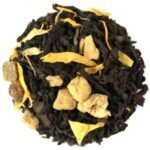 Chai Tea
Chai Tea Flowering Tea
Flowering Tea Fruit Tisanes
Fruit Tisanes Green Tea
Green Tea Herbal Tea
Herbal Tea Matcha Tea
Matcha Tea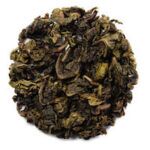 Oolong Tea
Oolong Tea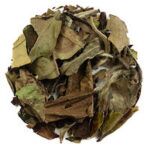 Organic Tea
Organic Tea Pu erh Tea
Pu erh Tea Rooibos Tea
Rooibos Tea White Tea
White Tea Asian Coffee
Asian Coffee Caribbean Coffee
Caribbean Coffee Central American Coffee
Central American Coffee South American Coffee
South American Coffee Coffee Blends
Coffee Blends Decaffeinated Coffee
Decaffeinated Coffee Espresso Coffee
Espresso Coffee Ethically Sourced Coffee
Ethically Sourced Coffee Flavoured Coffee
Flavoured Coffee Organic Coffee
Organic Coffee Single Origin Coffee
Single Origin Coffee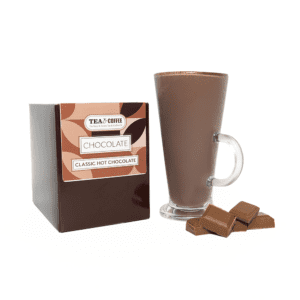 Classic Hot Chocolate
Classic Hot Chocolate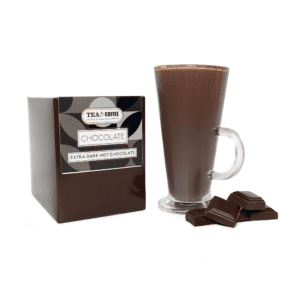 Dark Hot Chocolate
Dark Hot Chocolate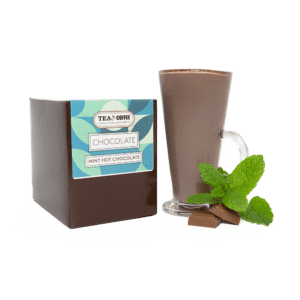 Mint Hot Chocolate
Mint Hot Chocolate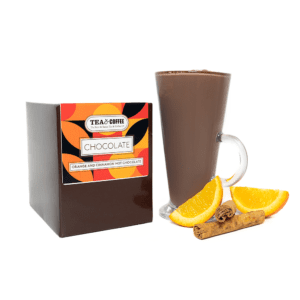 Orange and Cinnamon Hot Chocolate
Orange and Cinnamon Hot Chocolate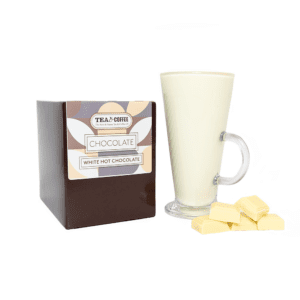 White Hot Chocolate
White Hot Chocolate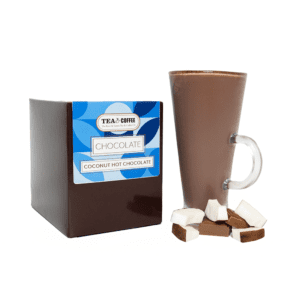 Coconut Hot Chocolate
Coconut Hot Chocolate Loose Tea Filters
Loose Tea Filters Tea Accessories
Tea Accessories Tea Bricks
Tea Bricks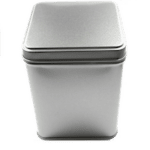 Tea Caddies
Tea Caddies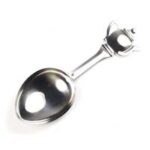 Tea Caddy Spoons
Tea Caddy Spoons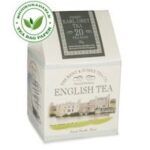 Tea Gift Ideas
Tea Gift Ideas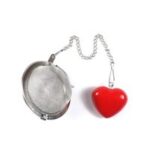 Tea Infusers
Tea Infusers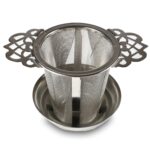 Tea Strainers
Tea Strainers